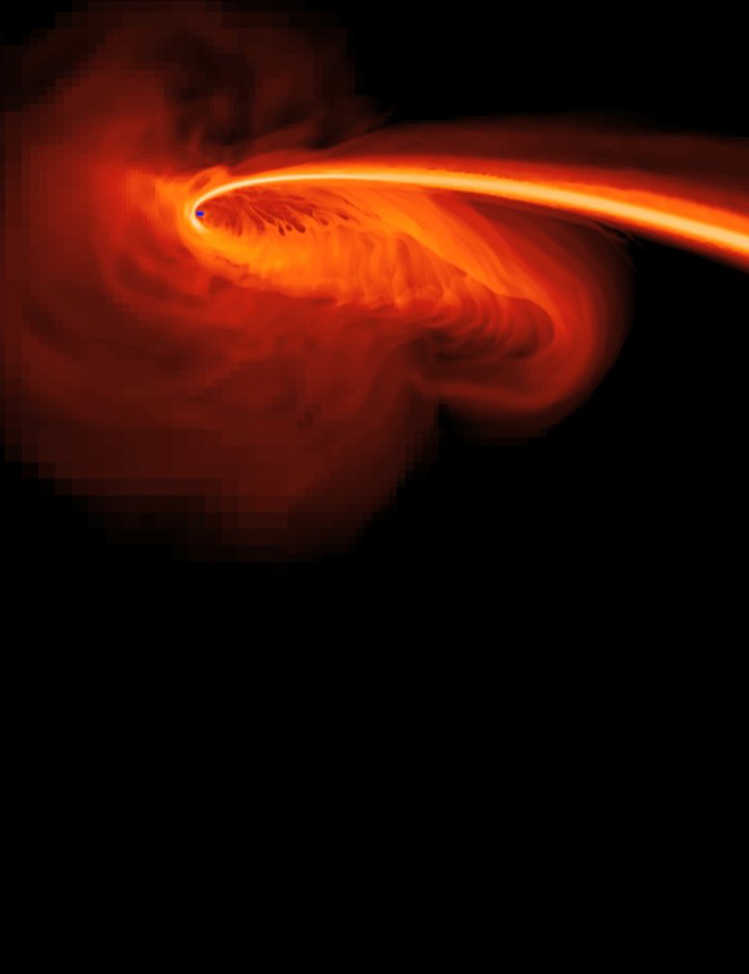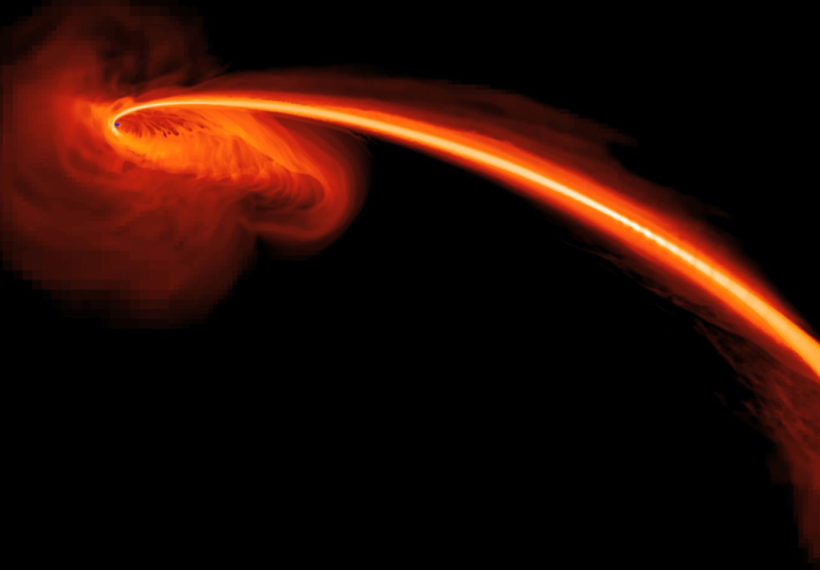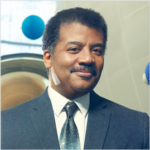About This Episode
On this episode of StarTalk Radio, we bring you the classic StarTalk formula that you’ve come to know and love. Neil deGrasse Tyson and comic co-host Chuck Nice answer fan-submitted Cosmic Queries on the mysteries of the universe, specifically, black holes and dark energy.
We start with a simple question: are we sure there’s a black hole at the center of the galaxy? Neil teaches us the methods we use to measure black holes. He also reminds us of the Copernican principle. You’ll learn why the more massive the galaxy, the more massive the black hole at its center. Neil and Chuck reminisce on the movie Marooned. Discover more about electron degeneracy, neutron stars, and pulsars.
You’ll hear if it’s possible for a black hole to re-ignite into a star once it loses enough mass through Hawking radiation. Chuck has an idea for a science fiction film about a killer black hole until Neil squashes it with some Star Trek trivia. We explore whether a black hole can warp spacetime around it. You’ll learn what happens to the gravitational well of a star if the star comes across a black hole. And, of course, it wouldn’t be a show about black holes if we didn’t talk about the movie Interstellar.
We ponder if “Planet 9” could be a black hole. If the Earth turned into a black hole would it still orbit the sun? The answer may surprise you. We investigate what might be at the center of a supercluster. Then, we dive into dark energy. Neil explains why dark energy is still mysterious. You’ll also learn more about the Albedo effect and the Doppler shift. All that, plus, you’ll find out if dark energy has an impact on your everyday life.
Thanks to our Patrons Ashod Kuyumjian, Tony Biell, Jon Emerson, Zap Andersson, and Ocean & Dylan McIntyre for supporting us this week.
NOTE: StarTalk+ Patrons and All-Access subscribers can watch or listen to this entire episode commercial-free.




 Unlock with Patreon
Unlock with Patreon

 Become a Patron
Become a Patron